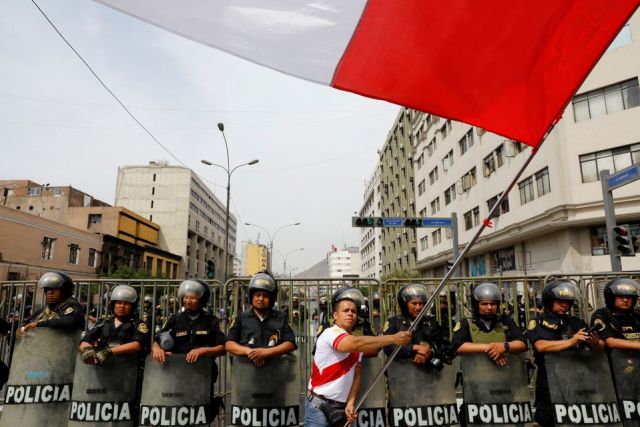
Dramatic elections in Brazil, Chile and Colombia brought leftist governments into power across much of Latin América in 2022, capping the region’s second “pink tide” in two decades.
By Reuters – Brad Haynes
Dec 22, 2022
However, their struggles amid stubborn economic headwinds suggest the wave may have crested. An anti-incumbent streak that lifted the left could soon swing major elections the other way.
To have the same staying power as the left-wing renaissance at the turn of the century, governments will need to reignite economies that have frustrated voters and investors alike during a decade of mostly mediocre growth.
Chilean President Gabriel Boric, 36, took office in March as his country’s most progressive leader in half a century and its youngest ever. But setbacks including the rejection of a new constitution have dented his popularity and forced concessions to the center, including swapping some of the youthful cohort in his cabinet for more experienced establishment figures.
Colombia also swung sharply to the left with June’s election of Gustavo Petro, a 62-year-old former guerrilla vowing to tackle inequality with tax and land reforms. He has shored up fiscal concerns with the former, but spooked investors with a proposed ban on new oil and gas exploration and second-guessing of central bank policy.
Brazilian President-elect Luiz Inacio Lula da Silva, 77, who narrowly beat incumbent Jair Bolsonaro in October, is a holdover from the region’s first pink tide, when a commodity boom helped him finish his 2003-2010 presidency with record approval.
However, corruption scandals and economic mismanagement under his chosen successor tarred Lula’s legacy. Deep polarization, an aging workforce and a bigger public debt load will make it nearly impossible for him to repeat such sky-high popularity.
WHY IT MATTERS
While the domestic impacts are still playing out, Latin América’s progressive slant – which also includes the previously elected presidents of México, Argentina and Bolivia – has reshaped regional diplomacy.
Many leftist leaders have taken a friendlier approach toward authoritarian governments in Venezuela, Nicaragua and Cuba, making it harder for the United States and allies to put on pressure.
While Chile’s Boric spoke out on human rights abuses under Venezuelan President Nicolás Maduro, both Petro and Lula have been eager to restore diplomatic ties with Caracas.
The region’s ideological sympathies were on display in December when Peru’s leftist former President Pedro Castillo tried to dissolve Congress before it removed him from office in an impeachment vote.
The governments of México, Colombia, Argentina, Bolivia and Honduras condemned Castillo’s ouster, with some referring to it as a “coup.” The U.S. State department said it “welcomes” the appointment of his successor, President Dina Boluarte.
Lula recognized Castillo’s ouster as “constitutional,” but did not condemn his attempt to shut down the legislature.
WHAT IT MEANS FOR 2023
The region’s new pink tide has a distinct green tint, as progressive movements have embraced the fight against climate change. While old guard leftists like Mexican President Andrés Manuel López Obrador are still bullish on fossil fuels, many of his peers are embracing renewable energy and conservation.
Lula’s top foreign adviser has called for Brazil to host a summit of Amazon rainforest nations in the first half of 2023, along with developed countries interested in its preservation.
However, that and other efforts at elusive “regional integration” built on common ideology could face a closing window of opportunity.
Castillo, ousted about a year and a half after his election, may not be the only leftist leader to face difficult times.
Argentine President Alberto Fernandez is nursing an approval rating around 20% ahead of an October election in which he and his allies would face long odds – a reminder that this pink tide may soon, once again, be turning.
…
Read More: Reuters – Latin América’s ‘pink tide’ may have hit its high-water mark
…